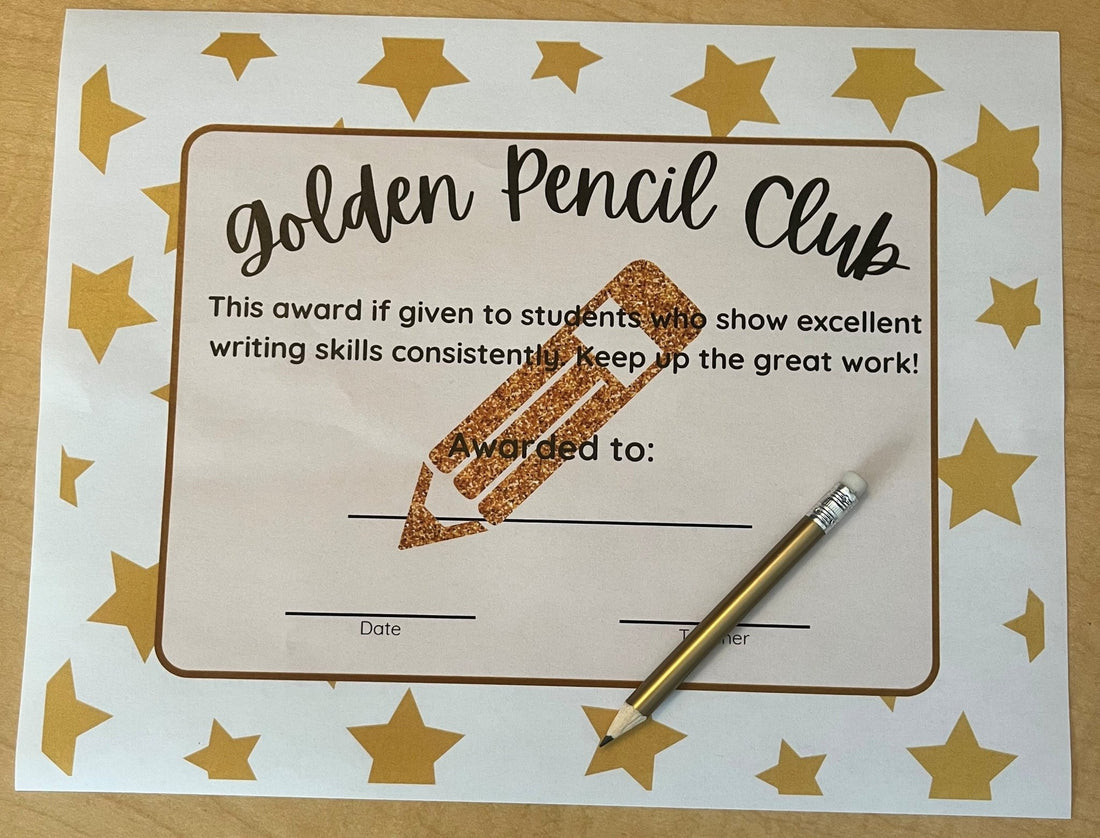Kindergarten writers can do more than trace letters. When I met Alyson Campbell, a teacher at Harlan Elementary School in Wilmington, Delaware, last year, we set a bold but straightforward goal for her students: to write eight connected sentences by the end of the year. What followed was a joyful shift in her classroom. With clear pre-writing routines, student-friendly graphic organizers, and daily chances to “publish” and celebrate, reluctant scribblers turned into eager authors. If you want to see how a few intentional moves unlocked independence and endurance in five- and six-year-olds, you will love Alyson’s story.
Alyson's Story: The Beginning

I have always enjoyed teaching kindergarten students writing. Immersing my students in language and providing a wide variety of materials and examples for writing has made a difference in my students’ enjoyment and willingness to write. I might even brag and say they were extremely eager to write daily, which is the ultimate goal.
I was always taught to have students come up with an idea and then draw a picture to show their idea prior to writing. I still believe this is helpful in the writing process for kindergarten and begins their excitement to tell their story or ideas. However, after meeting with you, I realized how often I am sitting with students asking them questions about their picture to pull out more information for them to write about.
I began developing different graphic organizers for students depending on their topic of interest, stories we were responding to, or just general outlines. I modeled how to use the graphic organizers to create multiple sentences, organize their ideas, and strengthen their writing. This process helped my students connect their ideas with a visual framework, built independence, and confidence by reducing the pressure of having to brainstorm while writing and organize their thoughts with an adult.
 The Golden Pencil
The Golden Pencil

From the beginning stages, my writing block always includes a time for students to share and brag about their own work. This gives peers another model and an opportunity to encourage each other through their writing stages. This also gives me a teaching tool to point out some “Golden Pencil” strategies. The Golden Pencil idea came from a teaching colleague in the district. Mrs. Miller encouraged students to write and write a lot!
Students in her classroom would earn the coveted Golden Pencil when they were filling the page of their journal and following typical writing rules. I have adopted this idea, and their excitement for writing has exploded! I believe the combination of many things, strong focus on pre-writing skills, lots of modeling, creating a print rich environment, and including some sort of writing in multiple areas of learning throughout the day, even if it is just a short and sweet written response to a question, have all contributed to the success we have seen in our writing development in kindergarten.
Including the development in a graphic organizer in my instructional practice for writing has helped to enhance students' clarity and strengthen their ability to map out their own ideas independently. It has taken the stress out of their planning process and made writing and earning the ‘Golden Pencil” a more tangible goal for students.
Class Journal
 Our “Class Journal” station, full of shared journals and various writing materials where students were able to read past entries by their peers, use them as models, and write their own entry, was one of their favorite stations. The writing station also included various tools I used to teach from the beginning steps of pre-writing skills, such as mirrors for mouth formation for students to reference, letter charts, word walls, vocabulary banks, which are switched out throughout the year, space sticks, writing checklists for peer and independent editing, as well as letter formation cards. Providing all of these tools and modeling their use helped build students’ confidence and independence with writing.
Our “Class Journal” station, full of shared journals and various writing materials where students were able to read past entries by their peers, use them as models, and write their own entry, was one of their favorite stations. The writing station also included various tools I used to teach from the beginning steps of pre-writing skills, such as mirrors for mouth formation for students to reference, letter charts, word walls, vocabulary banks, which are switched out throughout the year, space sticks, writing checklists for peer and independent editing, as well as letter formation cards. Providing all of these tools and modeling their use helped build students’ confidence and independence with writing.
The Results
Last year I had over 50% of my students writing consistently eight plus sentences by the end of the year. They were choosing to write for fun all day long and actually cheered when it was time for journals. This year I plan to begin using graphic organizers sooner in our writing process of instruction and modeling in the beginning of the year to help increase the number of students writing eight plus sentences by the end of the year and to establish this technique sooner than last.
My Final Thought
Thank you to Alyson Campbell for opening her classroom and reminding us what is possible when we teach writing with purpose. Her story demonstrates that clear routines, simple graphic organizers, and consistent celebrations can help kindergarteners transition from single sentences to connected ideas. If you are ready to help your youngest writers build independence and reach the goal of eight connected sentences, start small, model often, and celebrate every page.
I would love to hear how you adapt these ideas in your school. Share your wins, your questions, and your students’ breakthroughs so we can keep learning together.


